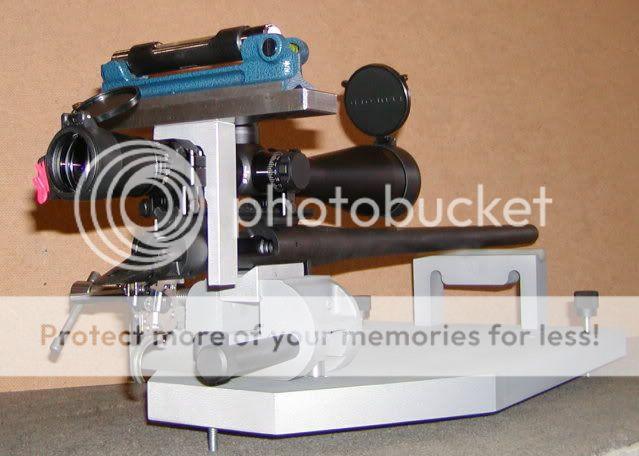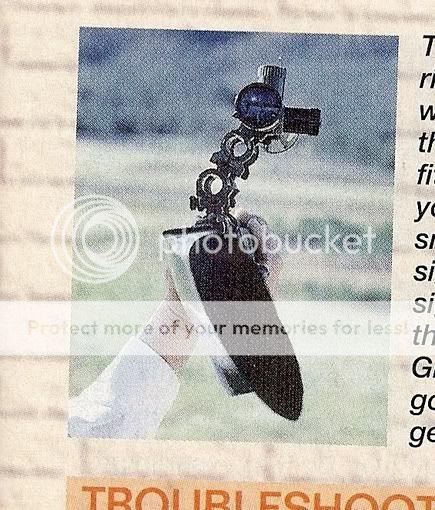This is a statement about vertical and horizontal aiming error, not canting error. Yes, it is true that an aiming offset of 1 MOA produces an aiming error of 10" at 1,000 yds. I don't see how that's relevant to this discussion, which is about cant error.
Aiming errors due to scope canting are much smaller – by about a factor of 100. For most long range hunting calibers, the aiming error at 1,000 yds is roughly 10" for 120 MOA (or 2 degrees) of cant angle. You haven't convinced me why anyone actually needs 1 MOA precision when aligning a scope reticle.
I've found that aligning the scope to within +/-15 MOA of plumb is routinely possible with a little care. This is the typical accuracy of the HPO Reticle Alignment Tool (it's guaranteed to have an error less than +/-30 MOA). I normally don't use any other levels or plumb lines when I install a scope and anti-cant indicator. In my experience, however, holding the cant error to +/-15 MOA in the field is not easy to do. Holding cant angle to within +/-30 MOA is a more realistic goal. For long range hunting calibers, +/-30 MOA of cant error limits the aiming error to roughly +/-3". Of course, this error will vary depending on the caliber.
The aiming error due to not aligning the scope to the rifle bore is roughly +/-2" at 1,000 yds, although it varies a lot from one rifle to another. Using the Reticle Alignment Tool will eliminate this error.
Proper use of an anti-cant indicator will then allow an experienced shooter to achieve an aiming error of less than +/-3" at 1,000 yds (neglecting wind effects of course) without a lot of effort. Most long range shooters would be satisfied with this aiming accuracy, given that wind estimation error is usually a bigger problem. While it's possible to get even better accuracy, I think it requires a fair amount of experience aligning scopes and shooting with an anti-cant indicator.
Most of the shooters on this forum are mainly interested in making the long range shot, not in scope alignment methods. For them preventing canting errors in the field is the primary objective of aligning a scope. Accurate scope alignment is not the end goal for them, it is just the means to the end, and it's really only half of the problem. How one holds the rifle to prevent canting errors in the field is the other half of the problem.
This is only true for holding elevation, not dialing elevation. How one deals with a misalignment between the reticle and the turret axes depends a lot on how the scope is being used. For 1,000 yd shots, I think that shooters generally prefer to dial elevation. If there is an angular misalignment between the reticle and the turret axis, and the reticle is plumb during the shot, an aiming error a will be introduced when dialing elevation, but not when holding elevation.
The reason is simple: if the turret axis is not plumb, then dialing elevation also introduces a small windage offset. This is simple geometry and many people, including myself, have confirmed this at the range.
So, my basic rule is: when dialing elevation, align the turret axis; when holding elevation, align the reticle. That way a misalignment between the reticle and the turret axis won't cause a canting error.
I almost can't even begin to know where to start so I'll just simply say this to keep it super simple. 1. The reticle must always be alligned to a plumbline that is alligned with earths gravity ie a rope with a weight on it hanging (free of movement). 2. The alligned reticle is most effective to the shooter when mounted atop a level rifle. A level rifle is one where a reference point ie bolt races or scope rail are 100% level agian using earth as the reference point. Then and only then has the shooter eliminated built in cant issues and can focus on the other difficulties of making long range shots.


